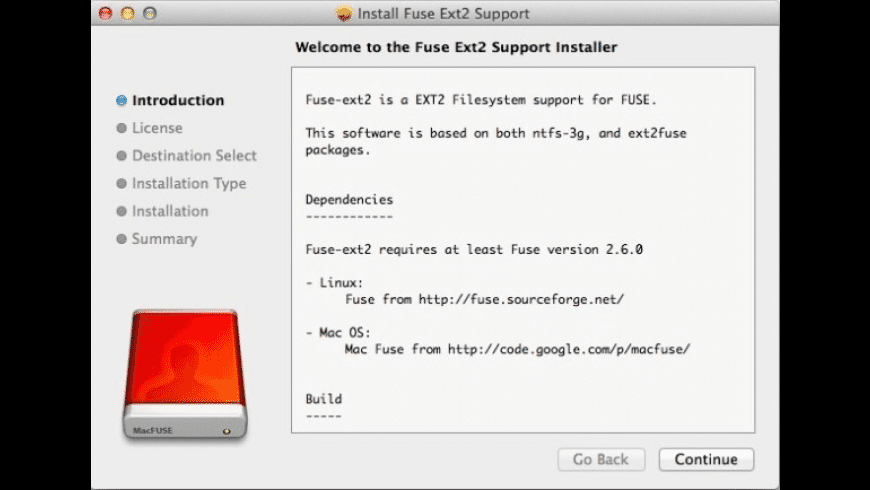

creates a new Data volume with a name derived from the existing Data volume rather than its matching System volume,. breaks the Volume Group by removing the Data volume from it,. When offered an intact Volume Group with an erased Data volume, the installer: The installer’s current behaviour with existing Volume Groups seems bizarre. If the only way to accomplish that is to delete that whole volume, that’s bad news for the user. If that’s the case, it bodes ill for firmlinks: one reason for wanting to re-install macOS would be damage to one of the firmlinks. If you only erase the Data volume, the firmlinks there will be removed, and perhaps the installer is unable to replace them when it tries to rebuild that volume’s structure. I suspect one reason for current inflexibility is the mechanism for creating the firmlinks on which this Volume Group scheme depends, which Apple doesn’t document. At present, if you depart in any way from this complex procedure, the installer apparently cannot cope. The Catalina installer needs to give users the flexibility to decide what of their existing macOS installation they want to delete prior to re-installing. Why, though, should the user take a perfectly good Volume Group, have to break it apart, delete their entire Data volume, and then play Russian roulette trying to erase their System volume, all to perform a clean re-install? It should be sufficient simply to erase the Data volume and then proceed with the re-install. Only then, with the System volume fully erased, will the installer be able to proceed. The only way to erase your System volume is to restart into Recovery mode and try to erase it again using Disk Utility, repeating this cycle of restart-erase until you are finally successful. If you ignore that error and press on with trying to re-install Catalina, the installer refuses, reporting that “The target volume is part of an incomplete system and cannot be installed to.” The volume "Macintosh HD" on disk2s5 couldn't be unmounted because it is in use by the process 734 (kextcache) When the user tries to erase the current System volume in local Recovery mode, that operation fails because: But in many (perhaps all) cases, this doesn’t actually work, at least in versions of Catalina up to and including 10.15.2. Apple has proposed a scheme whereby clean installs should be preceded by the user deleting the existing Data volume and erasing the System volume. The installer has to be smarter when dealing with clean re-installs, and their variations. In the second case, the installer should take an existing Volume Group, and simply re-install all the system files without disturbing the volumes and their linkage. The two volumes also need various stitching together points in special firmlinks, which must also be created during the installation. It then creates a new volume named Macintosh HD, onto which it installs the great majority of the system files, and which it makes read-only and protects with SIP. 

In the first case, the installer takes the current boot volume, by default named Macintosh HD, renames it Macintosh HD - Data, and removes most of the system folders and files. There are two simple situations for the installer to cope with: upgrading from Mojave or earlier with a single boot volume, and a vanilla re-install. Then Catalina has to split earlier single boot volumes into its new Volume Group format, making a separate read-only System volume and leaving all the users’ files on the connected Data volume.
MACFUSE COULDNT BE INSTALED MAC
First we have the continuing need to convert startup volumes from HFS+ to APFS, which has been mandatory since Mojave, even if your Mac normally boots from a hard disk or Fusion Drive. Recent versions of macOS have been exceptionally tough challenges for the system installer.







 0 kommentar(er)
0 kommentar(er)
